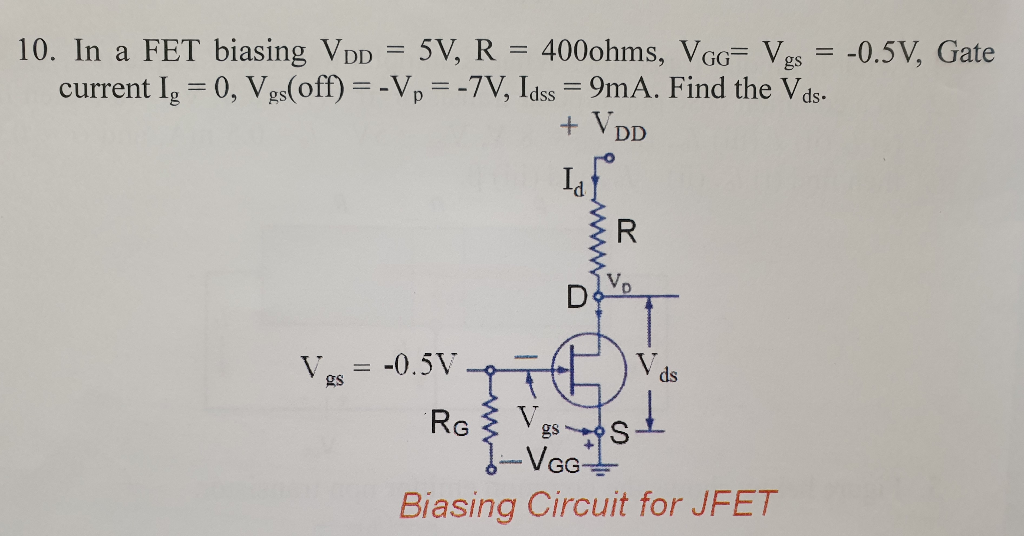A transistor drain is part of a field effect transistor, commonly called a FET, and the equivalent of the emitter on a standard semiconductor transistor. A FET has four basic components and corresponding terminals called the gate, the source, the body, and the drain. When a control voltage exists at the FET’s gate and body, any electrical signal waiting at the source will travel from the source to the transistor drain and out of the drain’s terminal. Thus, a transistor drain can refer to either the output component of a field effect transistor or the terminal that connects the component to other circuitry.
More than 90,000 merchants around the world turn to Bold Commerce for industry-leading eCommerce tools to help power their online stores. We help high-growth merchants solve their biggest pain points including subscriptions, selling globally, wholesale & B2B, payments, personalization, and more. The FET Utility Token is key to unlocking the Fetch ecosystem. It's required to find, create, deploy and train autonomous economic agents and is essential for smart contracts, oracles and the transactions needed to deliver the new digital economy. In-A-Fect is a multi talented five piece unit with a universal sound & sizzling harmonies. We're hitten you with Pop, Rock, R&B Classics, Hip-Hop, Old School Funk & a touch of Motown. Each show we perform is electrifying, mesmerizing and a whole lot of fun! In-A-Fect is hot and on fire and we'll have you out of your seat, guaranteed. Begins friendship with Tolstoy, who shared Fet's distaste with the liberal critics; later introduces Tolstoy to the works of Schopenhauer. 1877 Buys a larger estate where he winters. 1878 Writes 'Death' another of his death wish poems 1881 Translates Schopenhauer into Russian. A frozen embryo transfer (FET) is a type of IVF treatment where a cryopreserved embryo created in a full IVF cycle is thawed and transferred to a uterus. FET typically uses “extra” embryos a couple has from a previous conventional IVF cycle. A cryopreserved embryo can also be a donor embryo.
While field effect transistors perform functions similar to standard junction type transistors, how they perform those functions is very different. A regular transistor is made of three pieces of material carrying an alternating static charge, either positive-negative-positive, called PNP, or negative-positive-negative, called NPN. These pieces, called the collector, emitter, and base, are fused together, which essentially creates a diode with either two anodes or two cathodes.
If an electrical signal is waiting at the transistor’s collector and there is no voltage at the base, the transistor is said to be switched off and does not conduct an electrical signal. Should voltage then enter the transistor’s base, it alters the electrical charge of the base. This change in charge switches the transistor on, and the collector signal conducts through the transistor and out of its emitter for use by other electronic circuitry.



Field effect transistors operate on an entirely different principle. A FET is comprised of four pieces of material, each with a terminal, called the source, gate, drain, and body. Of these four, only the source, drain, and body carry a static charge. Either this charge will be negative in the source and drain, called an n-channel FET, or it will be positive in both, called a p-channel FET. In either case, the body of FET will carry a charge opposite to the source and drain.
These four pieces are then assembled in an order that is also different from in standard transistors. The source and drain will be fused to either end of the body. The gate is then fused to the source and drain, bridging them but not coming into direct contact with the body of the transistor. Instead, the gate is set parallel to and at a specific distance from the body.
In A Fettle
If the FET is an n-channel type device, either no voltage or a negative voltage connected between the source and the drain will switch the FET to an off state, and it will not conduct a signal between the source and drain. With the body of the FET charged, placing a positive voltage at the gate of the FET will switch it to an on state. The charge of the gate will begin to pull electrons from the body of the FET, essentially creating a field called the conductive channel.
When Does The Heart Start Beating In A Fetus
If the voltage at the gate is strong enough, a point referred to as its threshold voltage, the conductive channel can fully form. Once the conductive channel forms fully, the voltage at the FET’s source will then be able to conduct its signal through the conductive channel to and out of the transistor drain. If the voltage at the gate is then lowered below its threshold, the field across the gate and body of the FET will instantly collapse, taking the conductive channel along with it and returning the FET to an off state.
Embryo Calculator Pregnancy Ivf Fet

In A Fetus Most Bones Are Originally Made Of
FETs are very sensitive to their gate threshold voltages. Using a gate voltage that is only slightly higher than required, then lowering it only slightly, will switch the FET on and off very quickly. As a result, varying the gate voltage only slightly at a very high frequency can turn the FET off and on at much faster speeds, and with much smaller voltages, than possible with a standard transistor. The speeds at which FETs can switch make them the ideal transistors for high-speed digital circuits. They find extensive use in devices such as digital integrated circuits and microprocessors, and they are the transistor of choice for use in modern computer CPUs.
